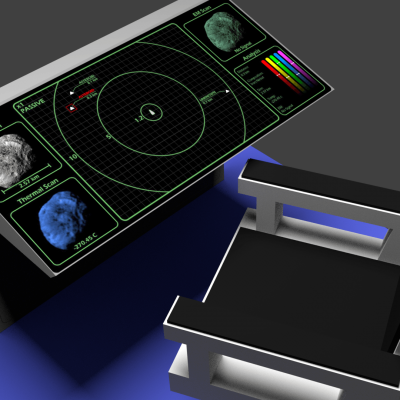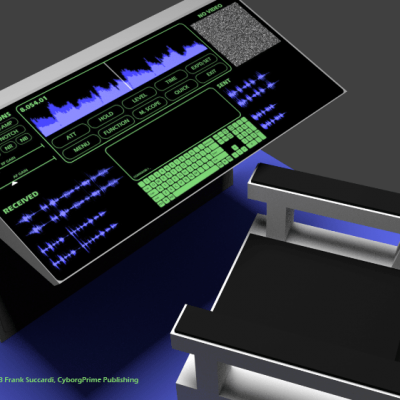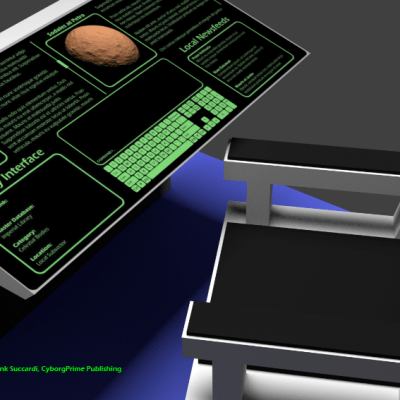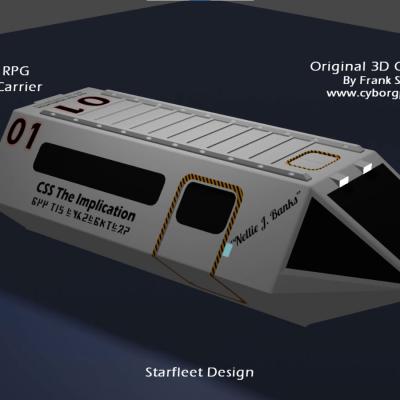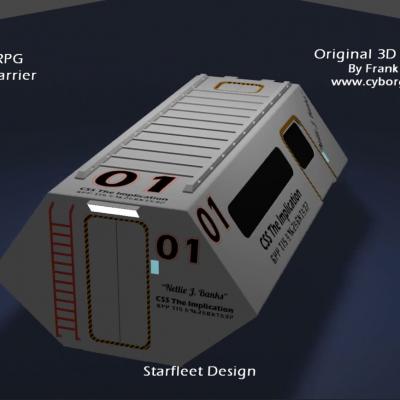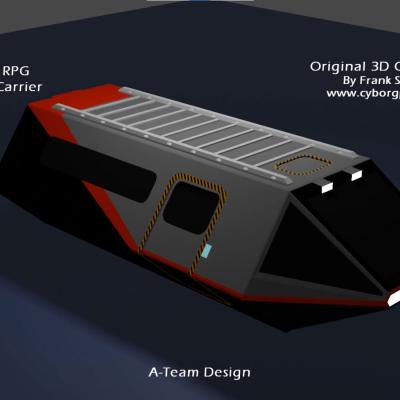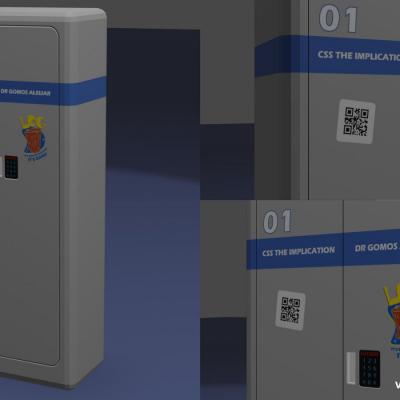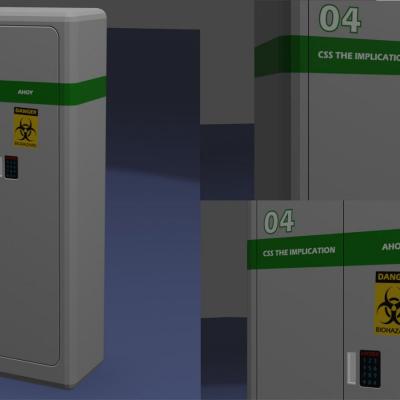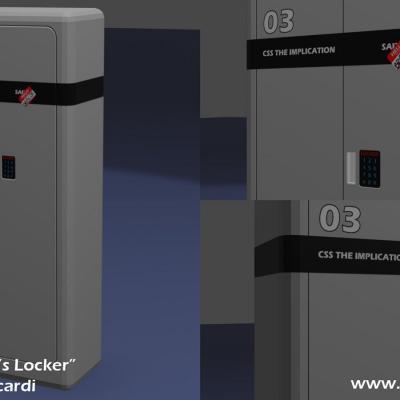Every good story has a beginning, middle, and end. This article will show you how to use the three-act structure to write better Traveller RPG adventures for your players.
Writing a Traveller RPG Adventure In Three Acts
All GMs want to create memorable stories for their players to experience, but getting started can be difficult.
How do you write a compelling Traveller adventure that keeps the player's interest?
In this article, I will explain my methods for designing RPG adventures using the Three-act Story Structure method.
What is a 3-act Story?
The 3-act story is one of the most common storytelling techniques among novelists and playwrights. It is based on the notion that every good story has a beginning, middle, and end.
Why Use the Three-act Story Structure?
There are a few reasons writers choose to use the three-act structure:
- It helps the writer develop the plot of the story by making sure to hit certain points along the way.
- It ensures that every scene begins and ends with a certain purpose and clear direction that draws the reader along.
- It's an easy way to get started with a story framework that you can flesh out with details later.
After you have used this method to create a few stories, storytelling will come more naturally to you, as you look for these plot point milestones in your stories. Before long you will be able to come up with stories that check off all the required boxes and you’ll be able to do it more quickly than you imagined.
Who Created the Three-act Structure?
Popularized by Syd Field in 1979, and based on the notion that a good story has a good beginning, middle, and end, the three-act structure is a formalized way to break down stories into a way that flows naturally from one section to the next.
What Are the Three Acts?
The Three Acts are:
- The Setup (Exposition, Inciting Incident, Plot Point One)
- The Confrontation (Rising Action, Midpoint, Plot Point Two)
- The Resolution (Pre-climax, Climax, Conclusion)
Each act is further divided into subsections, containing rising tension story points called “beats” that cause escalating conflict and resolution as the plot plays out, taking the reader on a rollercoaster ride through the story.

Act 1 (The Setup)
This act usually lasts for about one-quarter of the total story and establishes the current situation the characters find themselves in at the beginning of the story. It also gives the characters some sort of motivation to take on a journey to accomplish their goals.
Exposition- This part of the first act sets the stage for the story. It introduces the characters and establishes their normal way of life and relationships with other characters. We learn what is important to the main characters, what their life is like, and any challenges they might currently be experiencing.
In Star Wars, we see Luke’s boring life as a moisture farmer, frustrated that his friends are going off to join the space forces while he has to stay behind and tend to chores around the farm.
Inciting Incident- This is what sets the story in motion. Without the inciting incident, life for the characters would continue without changing its current path.
In Star Wars, the inciting incident is when Luke returns to the moisture farm to find the place destroyed and the burning bodies of his aunt and uncle.
Plot Point One- This beat represents the character’s decision to take on the challenge established by the inciting incident.
In Star Wars, this is when Luke and Obi-Wan hire Han Solo to take them to Alderan to talk to the princess.
Act 2 (The Confrontation)-
This part usually takes up about half the story. The character confronts the thing that has been crossing them all along; the source of their problems.
Rising Action-The characters begin to learn about the journey ahead. They meet other characters and overcome obstacles along the way.
In Star Wars, this is where they escape the starport on Mos Eisley under fire, Luke learns about using a lightsaber to whack a space piñata, and later Luke learns to let Wookies win at space chess.
Midpoint- This is where something goes wrong. The character’s goals are directly threatened and they encounter a major setback.
In Star Wars, this is where the Millennium Falcon drops out of hyperspace to find Alderan blown to smithereens.
Plot Point Two- The protagonist thought they were getting ahead but now they have stalled or maybe even had to backtrack. The characters are down on their luck, crestfallen from the seemingly insurmountable obstacle before them.
Instead of being taken along on a ride, the characters must now take a more active role and be more aggressive about achieving their goals. They may take some time to reflect on the problem at hand, or work on ways to get around the situation instead of tackling it head-on.
This is where Luke and Han figure out how to move around freely and manage to escape only to lose Obi-Wan in a fight against Vader – a HUGE setback.
Act 3 (The Resolution)-
The last quarter of the story is Act 3; the resolution of the story.
Pre-Climax- The character has gathered his power and prepares to face off against the antagonist.
Luke joins the rebellion and participates in the final attack on the Death Star.
Climax- This beat represents the final victory of the protagonist over the antagonist.
This is where the rebels attack the death star and Luke uses The Force to drop the torpedo down the death star’s exhaust port.
Conclusion- Wrap up loose ends, answer any outstanding questions, and resolve any remaining tensions in the story.
This is where Vader is sent spinning off into space and Luke receives commendations from the Rebellion in a fancy ceremony.
How to Write a Traveller Adventure in Three Acts:
Following the three-act story structure can help GMs create compelling stories that flow from one action point to another in a way that gives the players a feeling of completeness and closure at the end.
When the players reflect on the path they took from the beginning of the story to the end, it should all be coherent and make sense. Going forward through the story, the players should be strung along by the story beats, facing seemingly insurmountable challenges, suffering setbacks, but ultimately achieving their goal.
Try these tips to help improve your Traveller game.
Act 1 (The Setup)-
The first act of your adventure lasts about one-quarter of the length of the story. For a 4-hour RPG session, this should take up about an hour.
The First Act should provide the setting, establish the status quo, and provide motivation to take on the adventure.
Exposition- In this story beat, you establish the setting and starting state of your characters.
- Maybe they are just maintaining the ship?
- Maybe they are just traveling to their next destination?
- Maybe they are down on their luck again, eating canned mush and looking to scrounge up any crappy job that can pay the bills?
- Maybe they work on a hydroponics farm?
- Maybe they work as staff in a research facility?
Consider setting up situations where the PCs want to change their boring situation, but for whatever reason, they are being thwarted.
- Maybe they want to pay off their ship but never land enough high-paying jobs?
- Maybe they want to go off and adventure but have a duty to family or business that keeps them from going?
We find out a little bit about the player characters and any supporting NPCs. We also find out a little about their values and goals.
Inciting Incident- The story is set in motion. Something happens to break the monotony of the PC’s regular lives.
- Maybe a customs inspector has flagged their cargo?
- Maybe their ship is attacked by space pirates?
- Maybe the space-fascists come to town and start hassling everybody?
- Maybe somebody has asked for their help in recovering an item or rescuing a hostage?
- Maybe there is something malfunctioning on the ship?
- Maybe there was an accident in the research facility?
- Maybe something struck the space station and systems are failing?
The PCs are drawn into the story and faced with situations that give them no choice but to take up the journey laid out before them.
Plot Point One- The PCs decide to overcome the obstacles set up in the Inciting Incident.
Some ways to hook players:
- Put the hero's way of life under threat.
- Put the hero's loved ones under threat.
- Put the hero's life under threat.
- Put the hero's fortune/financial situation under threat.
- Put the hero’s property under threat (their ship or other prized possessions).
- Put the PC’s pride under threat.
- Give the PCs a chance to get revenge, deliver justice, gain fame, or help others.
- The PCs have been exiled and must prove themselves to return.
There are many ways to motivate the players into action without railroading them. If you MUST railroad the players, just make it seem like it was THEIR idea; put them in a position where they want to voluntarily take on the adventure. It shouldn’t take much; after all, we are here to play an adventure game. The way ahead should be obvious; players will often follow the path of least resistance.
Act 2 (The Confrontation)-
The Second Act is the longest of the three acts. It usually takes up about half the length of the story. For a 4-hour RPG session, this should be about 2 hours.
The heroes confront the dilemma presented in the Inciting Incident. First, they must prepare and gather resources before tackling the problem.
Rising Action- The PCs begin to learn about the upcoming journey. They meet interesting NPCs and overcome obstacles along the way. They gather resources they can use to overcome the antagonist.
- Maybe the protagonist needs to get training or learn lessons that will help them overcome the biggest obstacle in their path?
- Maybe the protagonist needs to increase their wealth or social status to compete with the antagonist?
- Maybe the protagonist needs a special item or special equipment to overcome the story’s main obstacle?
Midpoint- Something goes wrong. There is a major upset or unexpected setback. The PC’s goals are threatened and they receive a major blow.
- Maybe a false start?
- Maybe the antagonist pushes the conflict and the protagonist is not ready for it yet?
- Maybe the antagonist is more powerful than the heroes thought? After all, he’s been gaining power, equipment, and expertise as well.
Plot Point Two- The PCs are demoralized. They thought they were getting ahead but now they have stalled. The goal seems unreachable. The heroes must regroup and come at the problem from a different angle.
- Maybe a major ally has been removed from play?
- Maybe a major resource has been depleted?
- Maybe a major piece of equipment has been destroyed or captured?
- Maybe the hero’s team has suffered major casualties?
Hope seems lost; the heroes must fall back and regroup. Perhaps they might have to tend to their wounds.
Act 3 (The Resolution)-
The last quarter of the story is Act 3; the resolution of the story. For an RPG, this is usually the last hour of a 4-hour session. During this final act, the major obstacle is overcome, outstanding conflicts are resolved, loose ends are tied up, and the heroes get to reap their rewards.
Pre-Climax- Lessons are learned from the Midpoint failure that helps the heroes prepare for the final conflict.
- Maybe the damaged equipment has been rebuilt and reinforced?
- Maybe a major ally has returned or another major ally has been gained?
- Maybe an abundance of a needed resource has been acquired?
- Maybe the heroes have developed a secret weapon?
Climax- This beat represents the culmination of the journey and victory of the protagonist over the antagonist.
- Maybe the enemy fleet has been destroyed?
- Maybe the interdimensional gate is finally closed?
- Maybe the Evil Overload’s Death Moon has been blown to bits?
- Maybe the long-sought-after love interest has finally become interested?
Conclusion- This beat is where the hero reaps his rewards and returns to their normal life as a changed person. They get what they always wanted at the beginning of the story; whatever their heart was longing for.
- Maybe there is a big monetary reward?
- Maybe the reward is a piece of valuable gear?
- Maybe the reward is justice served?
- Maybe the reward is altruistic (the orphanage is SAVED!)?
- Maybe a change in social status is the reward?
If you have carefully followed the Three-act Structure, you should now have the framework for a fun adventure.
Sometimes it is helpful to go back over the three acts and make sure you have all your bases covered in case players want to explore the story differently.
Try It Yourself
Do you have a great idea knocking around in your head, begging to become an adventure story for your players?
Try using the three-act story structure and see how it can improve your story, make it more cohesive, and give it a beginning, middle, and end your players will enjoy and talk about for years to come.
What Do You Think?
Have you ever used the Three-Act Story structure for your adventures? Do you think it helped you create a better story? Why or why not?
Share your opinions in the Comments section - I'd love to hear about how 3-act stories helped you become a better GM and a better storyteller.
E-mail Notification Opt-in
Do you want to receive email notifications when we post more tips for Traveller Referees and GMs?
Sign up on our private mailing list. We won't spam you or share your info. Unsubscribe at any time.
YES! Notify me of new GM Tips and Tricks!




